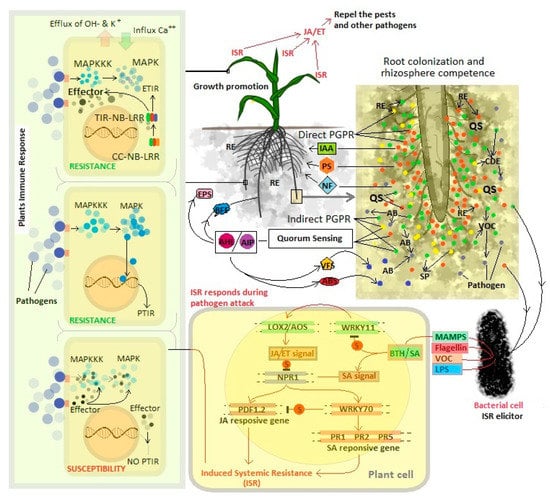
### Nitrogen Fixation and Molybdenum: How Primitive Bacteria May Have Influenced the Progression of Life
The existence of life as we understand it is heavily reliant on nitrogen. Vital for the formation of DNA, RNA, and proteins, nitrogen serves as a crucial component for all forms of life. Nevertheless, the predominant nitrogen form on early Earth—dinitrogen gas (N₂)—is extremely stable and not particularly reactive. This presents a conundrum: How could life have emerged when the nitrogen in Earth’s atmosphere was essentially in an unusable state for biological processes?
A significant piece of the answer can be found in nitrogen fixation, a mechanism that transforms atmospheric nitrogen gas into ammonia (NH₃), a form that living organisms can easily utilize. Over the ages, this capability to “fix” nitrogen was critical in the development of complex life forms. Yet, new insights into the origins of early nitrogen fixation indicate that it necessitated assistance from a specific element: molybdenum.
### The Molybdenum Enigma: Unraveling Nitrogen Fixation
Around 3.2 billion years ago, a billion years prior to the appearance of other nitrogen-fixing enzymes, life on Earth began employing a molybdenum-centered enzyme known as *molybdenum-nitrogenase* to fix nitrogen. This implies that molybdenum was vital for liberating nitrogen from its atmospheric state and converting it to ammonia. With this ammonia, primitive life forms were able to create the complex molecules essential for growth, replication, and progress.
However, this revelation raised a crucial question for researchers: If molybdenum was instrumental in this transformation, how did it become available in the environment? Molybdenum in a soluble state generally occurs in oxic (oxygen-rich) settings, yet the Earth’s atmosphere during that time was primarily anaerobic, indicating a minimal presence of oxygen. So, how did molybdenum, which was scarce and largely unreachable in an anoxic environment, come to support early nitrogen fixation?
### Ancient Microbes in Shallow Waters: Mining Molybdenum from Rocks
Recent investigations led by *Hailiang Dong* from the China University of Geosciences provide new insights into this dilemma. The research focused on a photosynthetic, anoxygenic microorganism—*Rhodopseudomonas palustris*—which might have the capability to extract molybdenum from its surrounding environment. This rod-shaped bacterium, located in contemporary marshy regions, can perform nitrogen fixation based on the availability of various metals, including molybdenum, vanadium, and iron.
The scientists suggested that this ancient microbe may have been pivotal in extracting molybdenum from molybdenite, a sulfide mineral form of molybdenum (MoS₂), found in rocks during the Archean era (approximately 3.2 billion years ago). By sourcing molybdenum from these rocks, *R. palustris* and equivalent early life forms could have gained this essential yet rare element, thereby enabling the biochemical processes crucial for nitrogen fixation.
### Laboratory Studies: Validating the Theory
To determine if *R. palustris* could effectively extract molybdenum from molybdenite, *Hailiang Dong* and their team engineered a mutant version of the bacterium. This mutant lacked iron nitrogenase, unrelated to molybdenum but still requiring iron, which hindered the bacteria’s ability to switch nitrogenase enzymes and affected the experiment’s accuracy. This provided researchers the opportunity to study the interactions of *R. palustris* with molybdenite.
When the mutant strain was incubated with pieces of molybdenite, the researchers discovered that the bacteria could indeed extract molybdenum from the mineral. They accomplished this through the release of high-affinity ligands, known as molybdophores, which are designed to scavenge molybdenum, and through the expression of specialized molybdenum transport proteins. In simple terms, the bacteria employed complex molecular mechanisms to secure the molybdenum they required.
Moreover, alterations in the surface chemistry of molybdenite after interacting with the bacteria indicated that organic compounds produced by the cells adhered to the mineral, aiding in the extraction of molybdenum. This led to the conclusion that microorganisms of early Earth likely had a profound effect on the bioavailability of essential elements like molybdenum.
### Implications for Early Life: A Transformation in Biogeochemistry
These findings hold significant implications. The capability of *R. palustris* to derive molybdenum from molybdenite reflects an important process by which vital nutrients may have become accessible to early life in an otherwise nutrient-scarce environment. Shallow waters near Earth’s crust—abundant in molybdenum-rich rocks but with